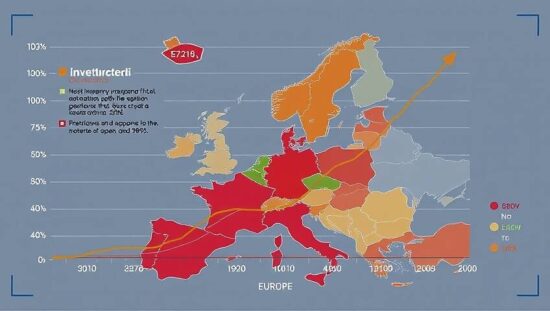A state-funded investment program of 600 billion euros, as recommended by experts, would bring significantly more prosperity to future generations, even if it is fully financed through additional credits. This is the conclusion of a new study by the Düsseldorf Institute for Macroeconomics and Economic Research (IMK), which is set to be published on Thursday and was cited in advance by the “Süddeutsche Zeitung” (Thursday edition).
The researchers disprove the criticism of the FDP, that a state program to repair roads, schools and rail networks, accelerate the energy transition and overcome the education and housing crisis would financially strangle the generation of children and grandchildren.
According to the simulation, the gross domestic product (GDP) would be 2.6 percentage points higher by 2050 if the state invested an additional 60 billion euros annually between 2025 and 2035. Taking into account that such a program would also lead to increased company investments, the GDP growth could be as high as six percent.
Over a period of 25 years, this would result in an additional economic output of up to 4.8 trillion euros. Per capita, the GDP would be 3612 euros higher than without the investment package. “A public investment program would eliminate the bottlenecks that are currently hindering the development of the German economy: outdated, often no longer efficient infrastructure from rail to digital, too little progress in the energy transition, deficits in educational institutions and investment restraint by companies” said IMK head Sebastian Dullien to the SZ.
“At all these topics, finally getting moving, would be just as beneficial for the young as for the old.” Surprisingly for laypeople, the impact on public finances would be as follows: although the budget deficit would initially increase by one percentage point per year due to the additional expenses of around 60 billion euros, the state’s debt-to-GDP ratio would still decline, as the debt would grow more slowly than the economy.
Despite the additional credits, the debt-to-GDP ratio would be as low as 22 percent by the end of the 2040s, even lower than the 25 percent that would result from a simple continuation of the current trend without the investment program. “In the long run, the program would even pay for itself in this model variant” the IMK economists conclude.





